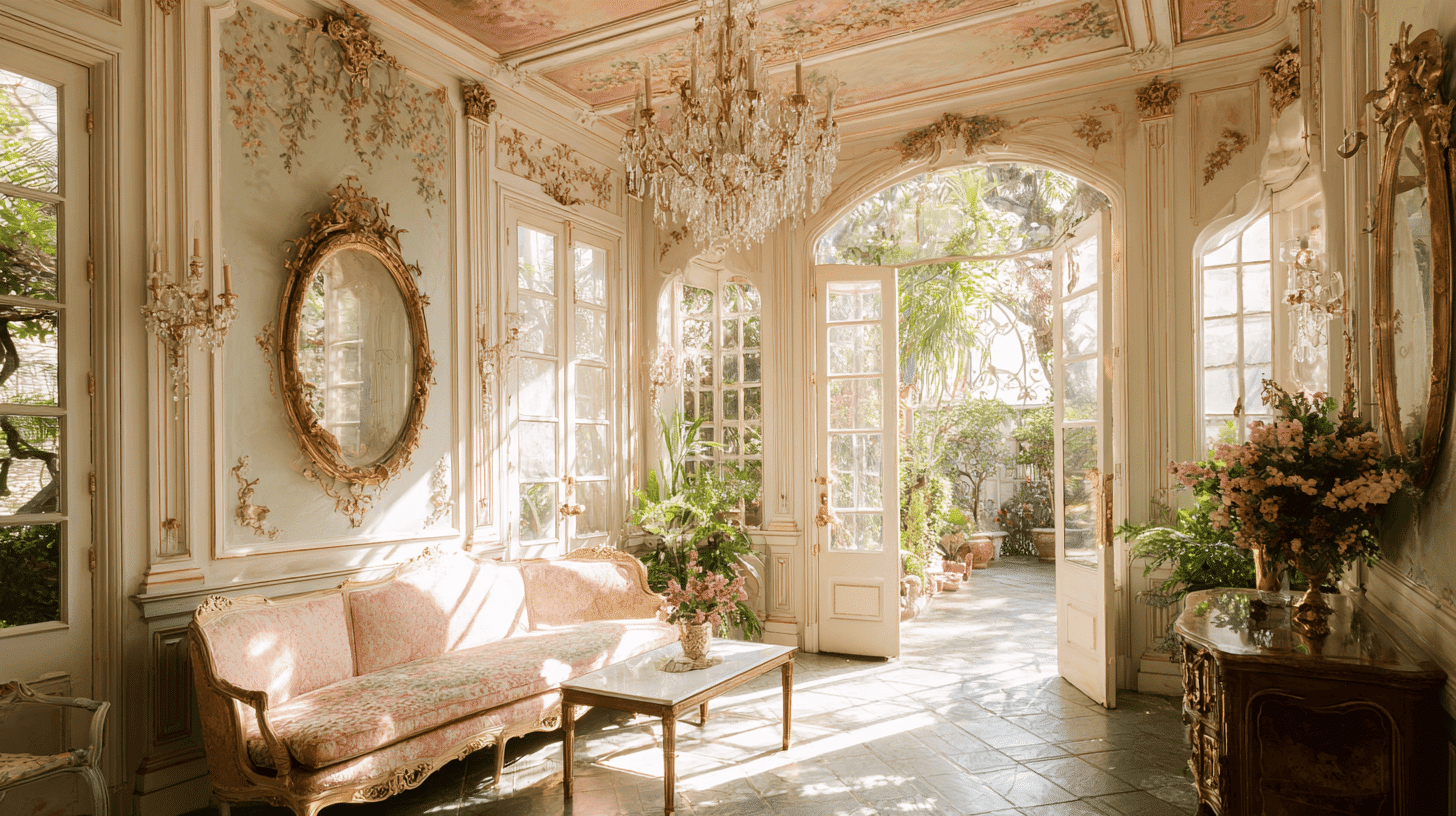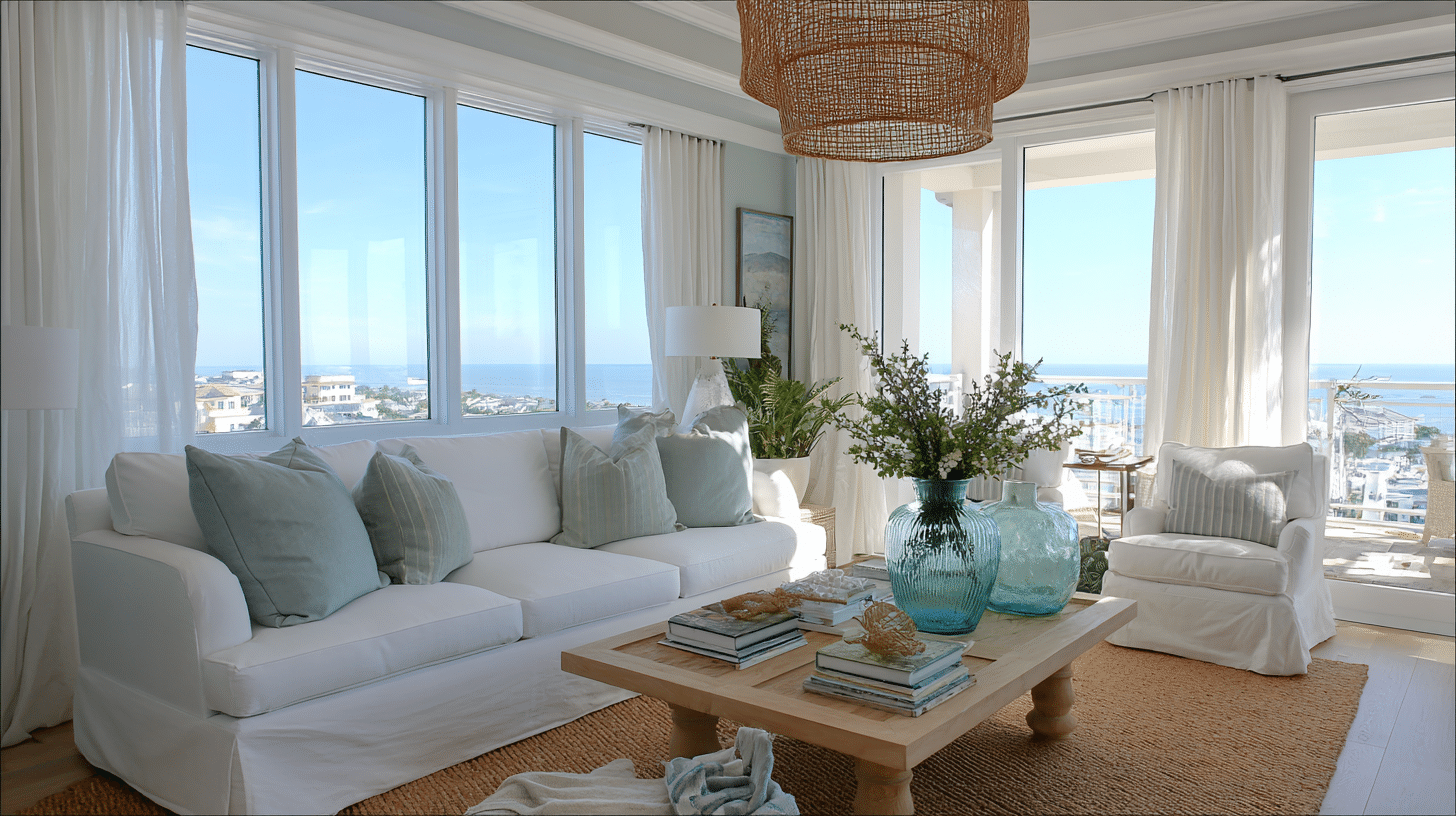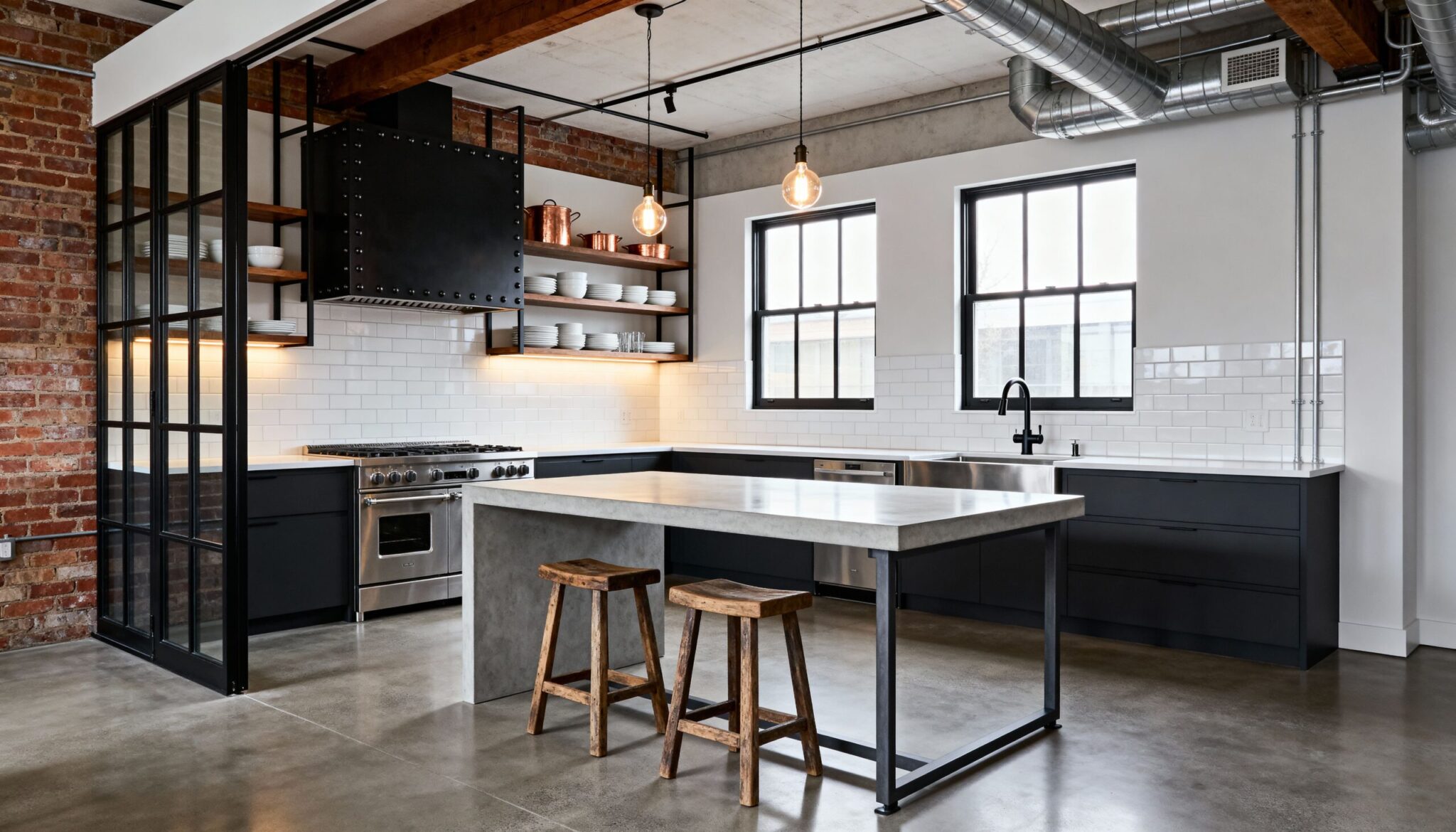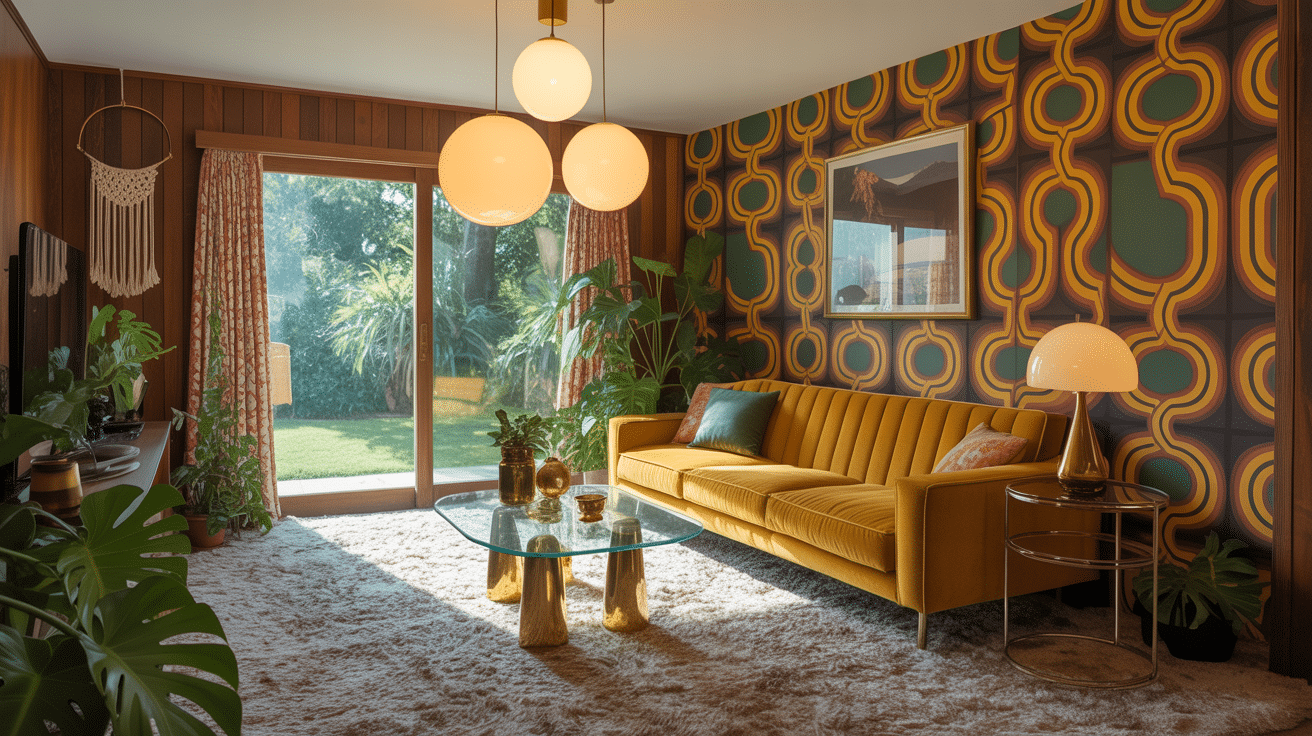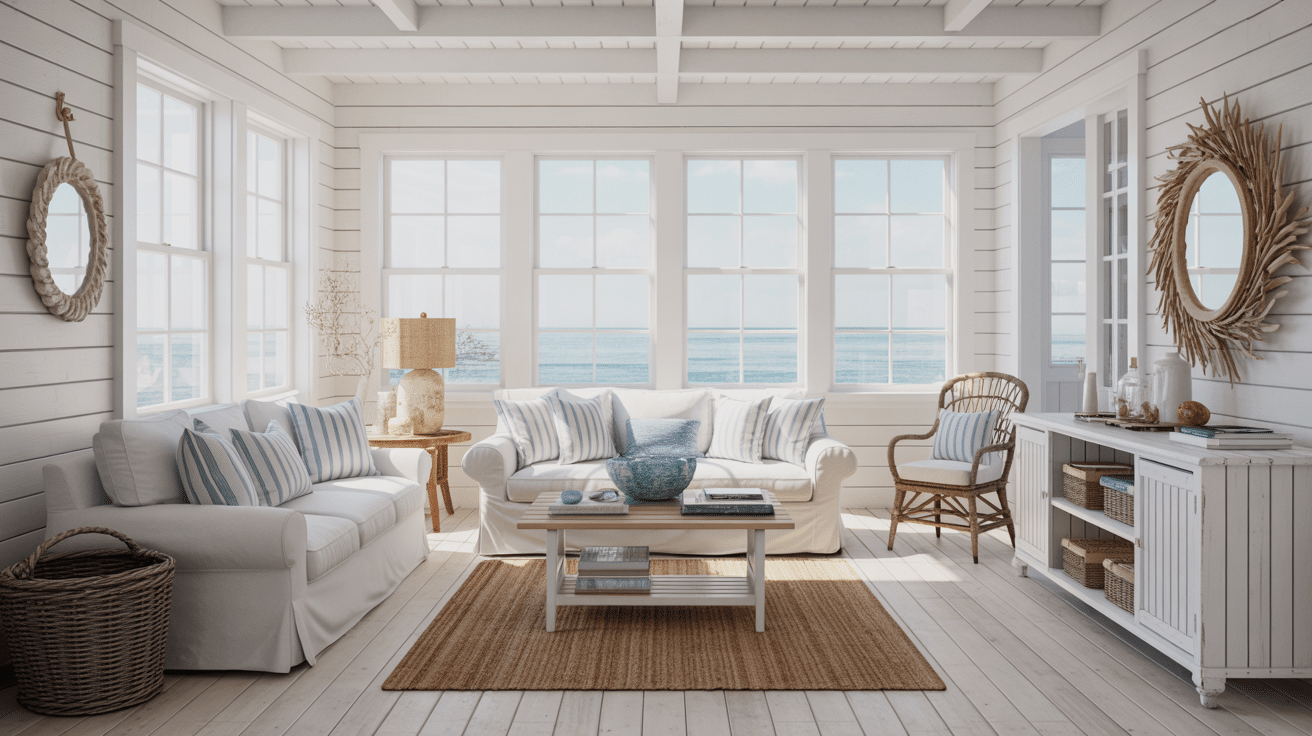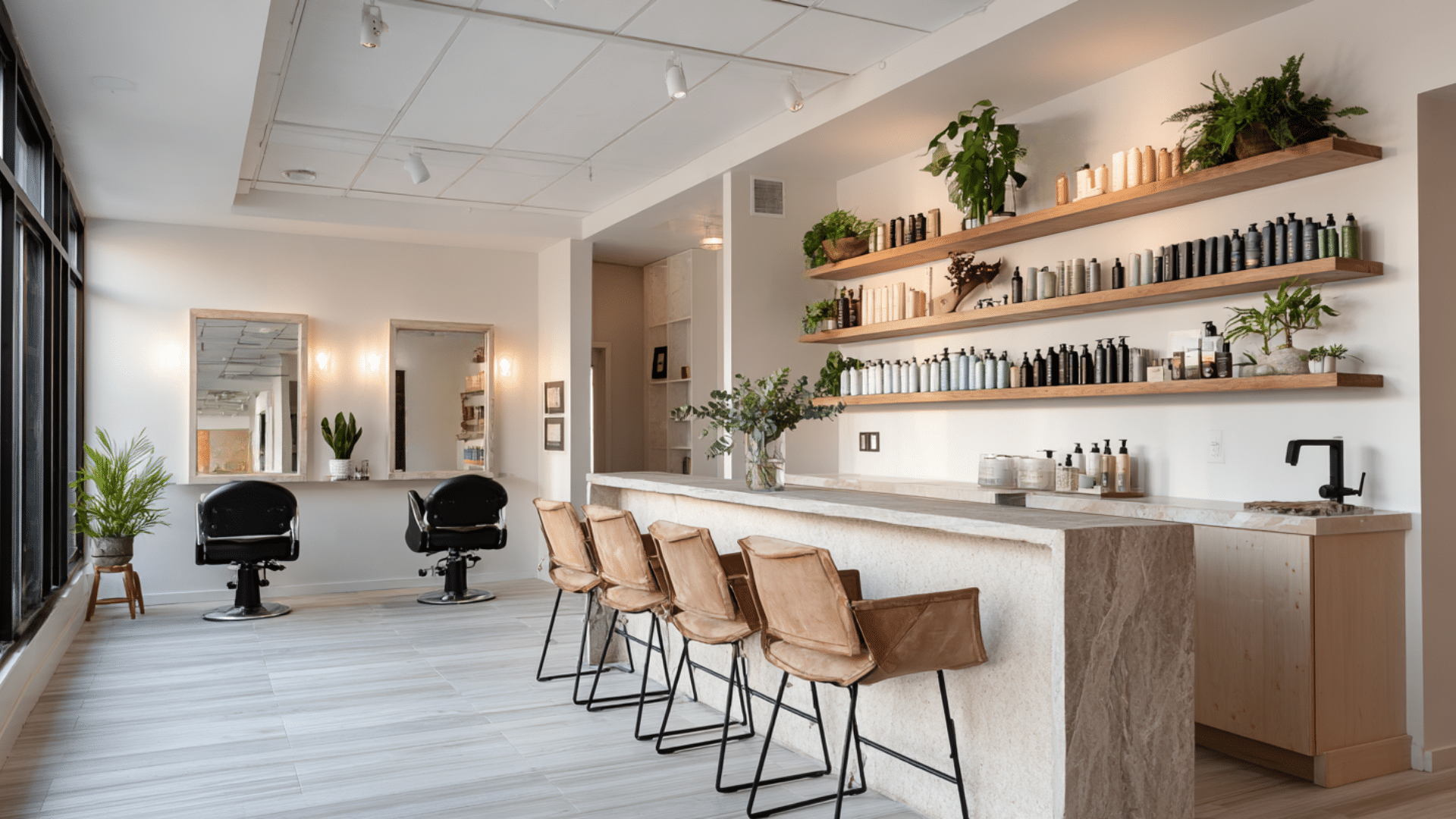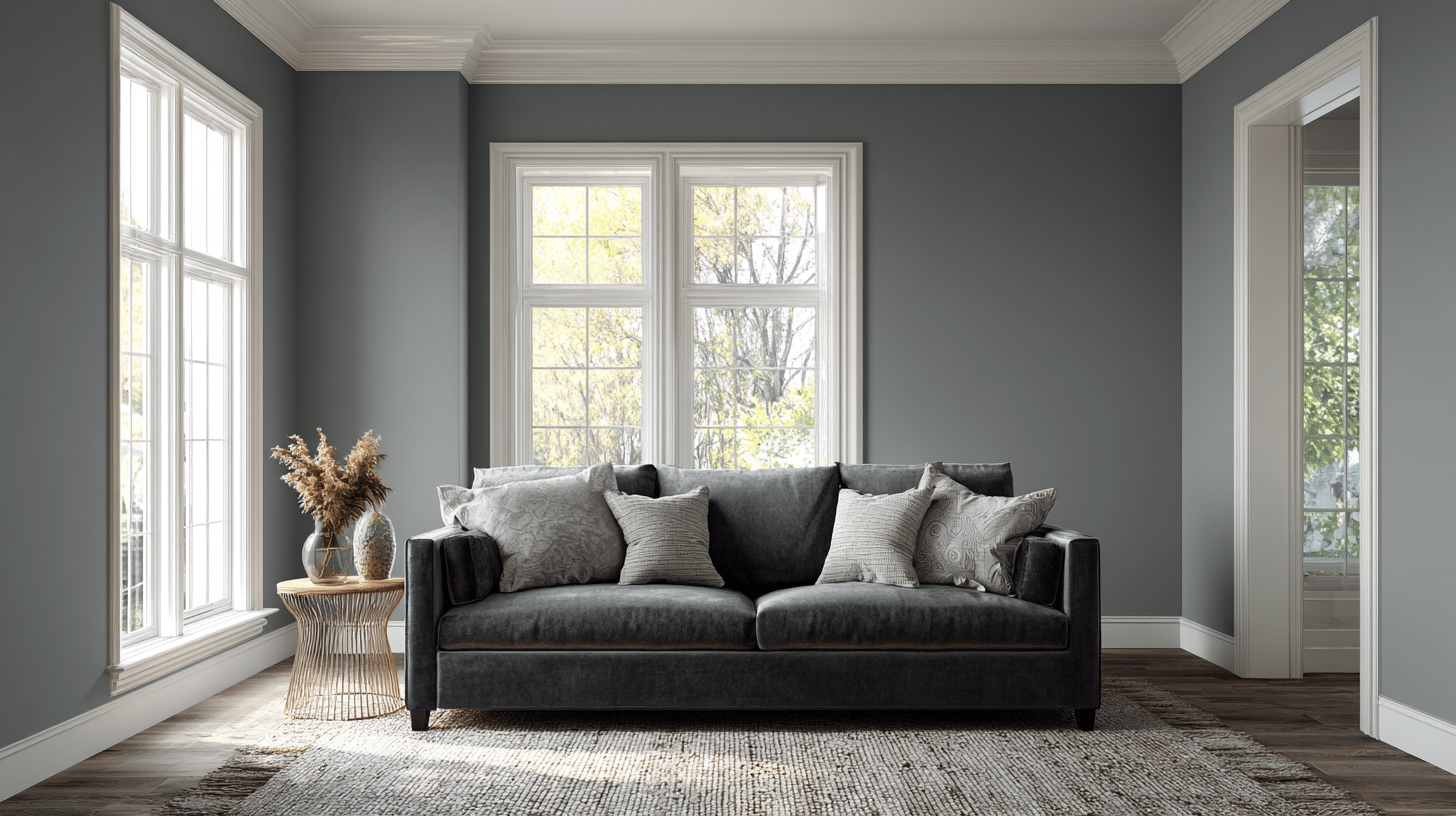Rococo architecture is a bright and playful style that started in 18th-century France. It’s full of gentle curves, gold touches, and fun carvings of shells and flowers.
Unlike the big, serious Baroque style before it, Rococo feels light, happy, and even a bit messy in a charming way. It loves soft pastel colors and shapes that don’t have to be perfectly even.
You can see Rococo’s beauty in royal palaces and fancy rooms filled with art and decorations.
This guide will take you through Rococo’s story, show its special features like round arches and flower patterns, and explain why people still love it today for its mix of art, culture, and joyful style.
What is Rococo Architecture and Its History
The architecture began in the early 1700s in France as a late Baroque style often called the style Rocaille. It quickly spread throughout Europe, influencing countries like Germany, Austria, Russia, and Italy.
Known for its intricate decorations and graceful, flowing curves, Rococo emphasized classiness and charm in architecture, interiors, art, and decorative objects.
Rococo moved away from Baroque’s strict formality to a lighter, playful style, evident in grand palaces and cozy salons for socializing.
Rococo started in Paris in fancy homes and gathering rooms for the rich. It spread widely across Europe during the 1730s to 1760s.
During the time of King Louis XV, people enjoyed more private, relaxed gatherings instead of strict royal events, and Rococo matched this new style of life.
Important people like Madame de Pompadour loved Rococo and helped make it popular. Architects such as Germain Boffrand designed many famous Rococo buildings.
Key Characteristics of the Architecture
The architecture is defined by classiness, delicacy, and ornamentation. Its features emphasized intimacy and artistry, setting it apart from more rigid and monumental architectural movements of the time.
- Ornate surface treatments: Ceilings, walls, and facades richly decorated with stucco, plaster, and gilding.
- Flowing, curved lines: Emphasis on movement and grace rather than symmetry.
- Pastel and gold accents: Light colors paired with shimmering highlights.
- Natural motifs: Shells (rocaille, which inspired the name Rococo), flowers, vines, and scrollwork.
- Integration of indoors and outdoors: Courtyards, gardens, and facades designed in harmony with interiors.
- Atmosphere of grace: Creating intimate, welcoming spaces rather than imposing structures.
Together, these characteristics gave Rococo buildings their lasting charm, spaces that felt airy, graceful, and luxuriously inviting.
Materials and Techniques Used in the Architecture
Rococo interiors featured luxurious materials and intricate designs, epitomizing 18th-century classiness.
1. Stucco and Plasterwork
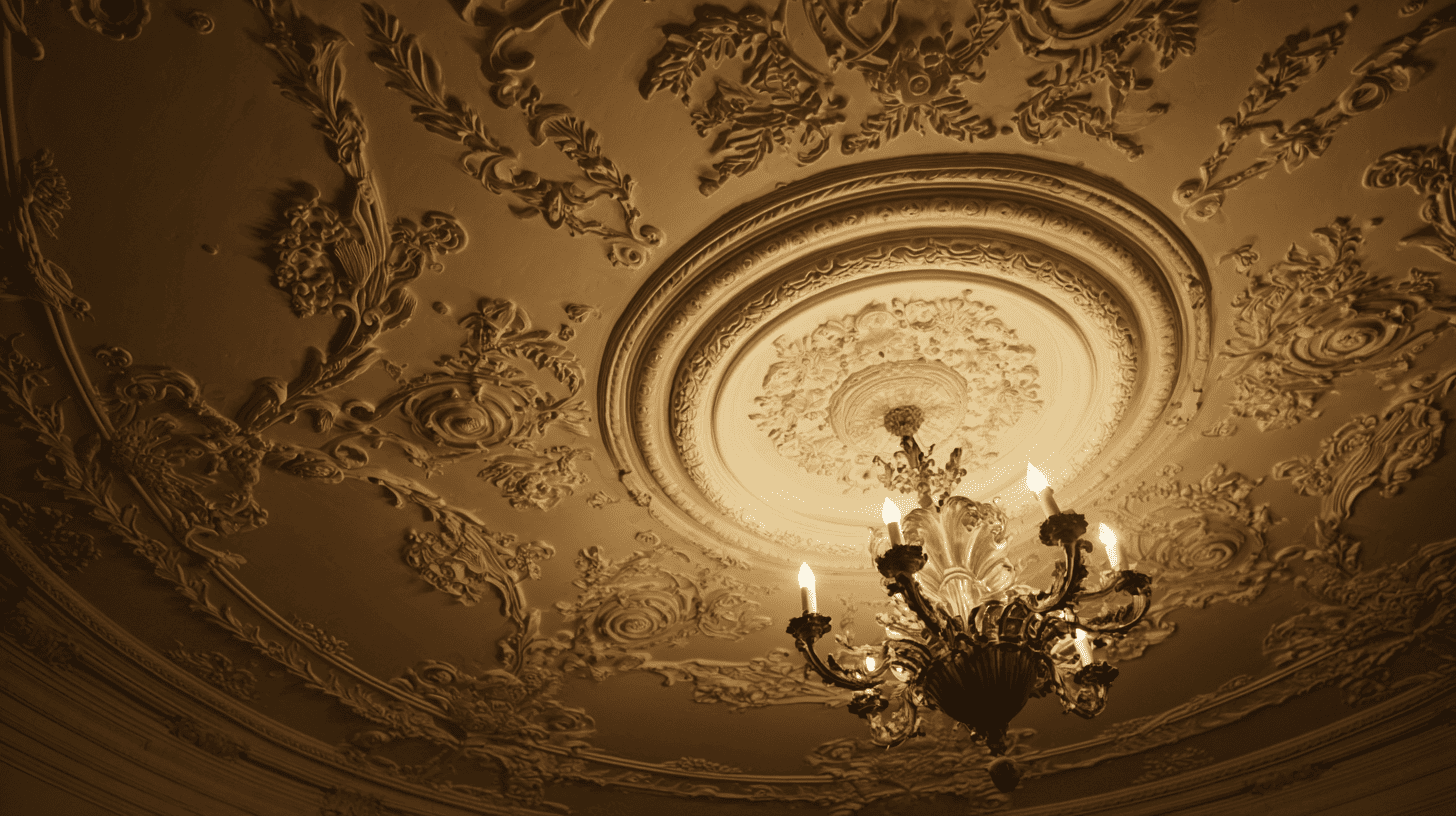
A must-have for Rococo-inspired interiors, stucco and plaster adorned ceilings and walls with scrolls, floral motifs, and reliefs, creating ornate detail that instantly elevated any room.
Tips for Use:
- Frame mirrors or doorways with plaster moldings for subtle Rococo charm.
- Use decorative ceiling medallions to highlight chandeliers, and consider incorporating plaster wall panels as a statement feature.
Shop Stucco and Plasterwork at Wayfair
2. Gilding
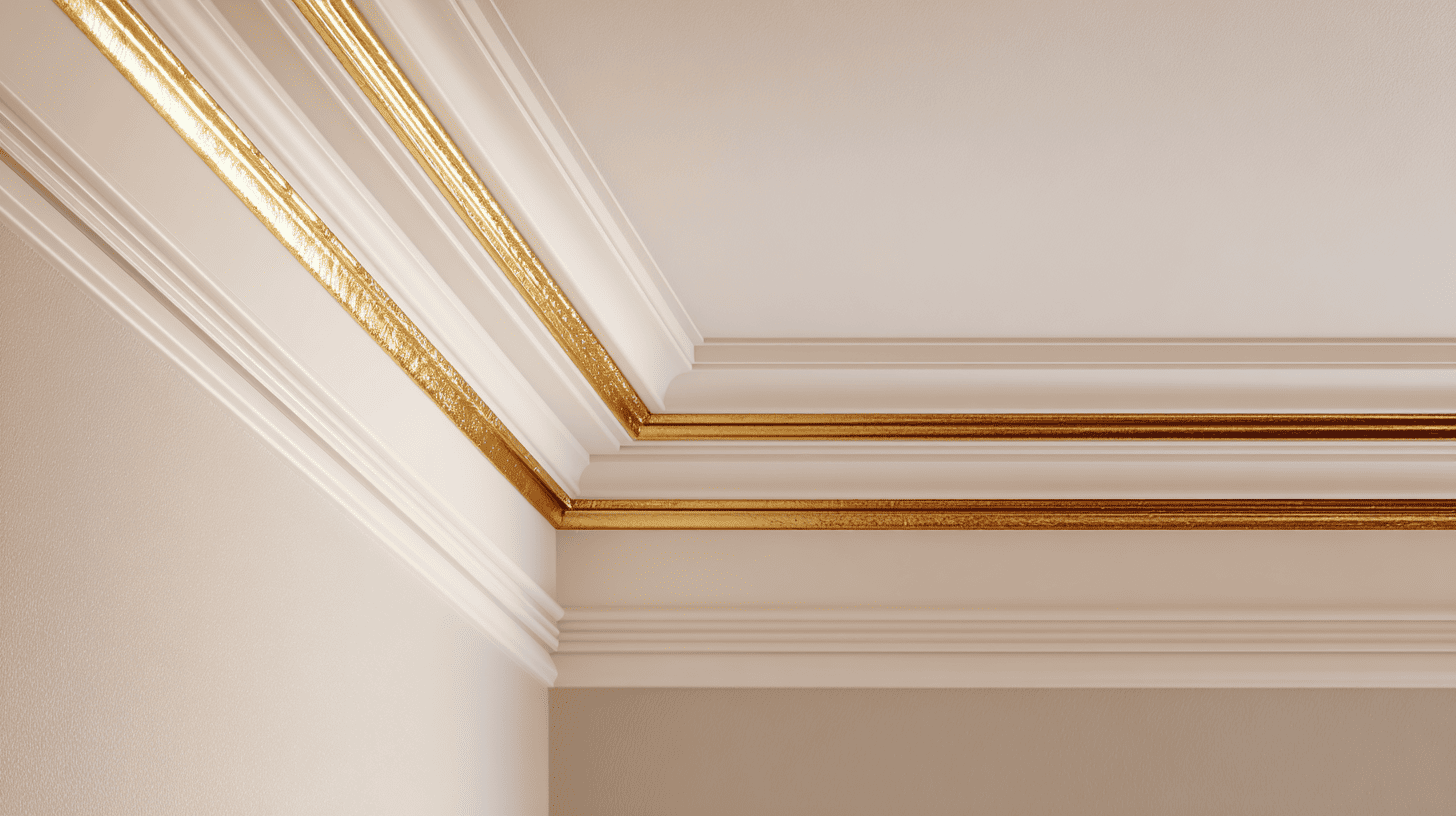
Gold leaf was central to Rococo opulence. Applied to moldings, furniture, and ceilings, it reflected light beautifully, ensuring interiors sparkled with richness and grace.
Tips for Use:
- Add gilded edges to mirrors or picture frames for a refined touch.
- Use gold leaf on ceiling cornices to recreate Rococo ceilings.
- Pair gilding with pastels for an accurate color balance.
Shop Gilding Gold Leaf Sheets at Golden Leaf Products
3. Marble and Precious Stones
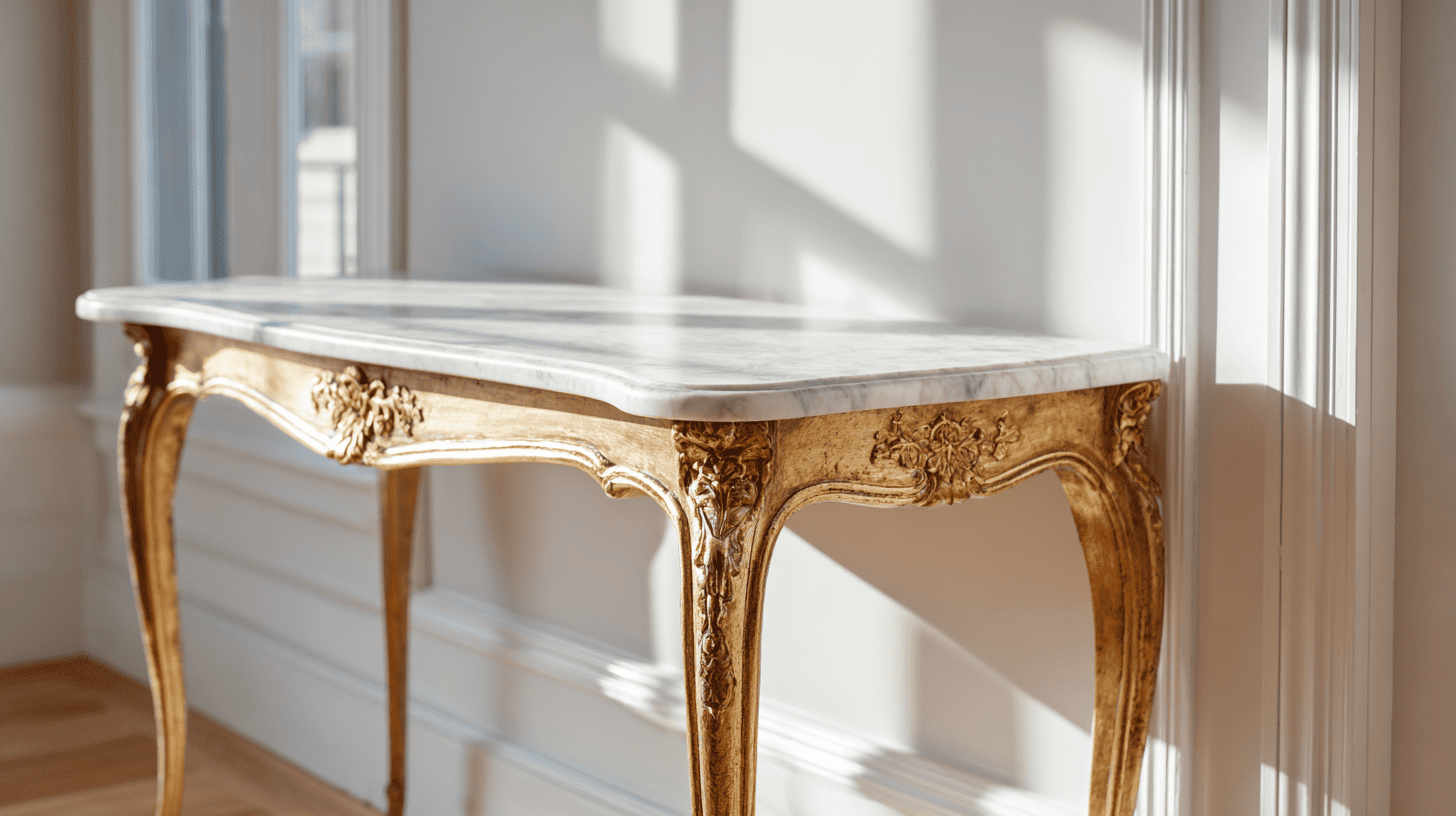
Marble and semi-precious stones enhanced floors, columns, and decorative accents in Rococo buildings, creating a polished and aristocratic effect that conveyed luxury.
Tips for Use:
- Incorporate marble side tables or countertops for modern Rococo flair.
- Use marble-look tiles for floors in entryways or dining areas and mix marble with gold-toned finishes for added richness.
Browse Marble Tiles at Riad Tile
4. Frescoes
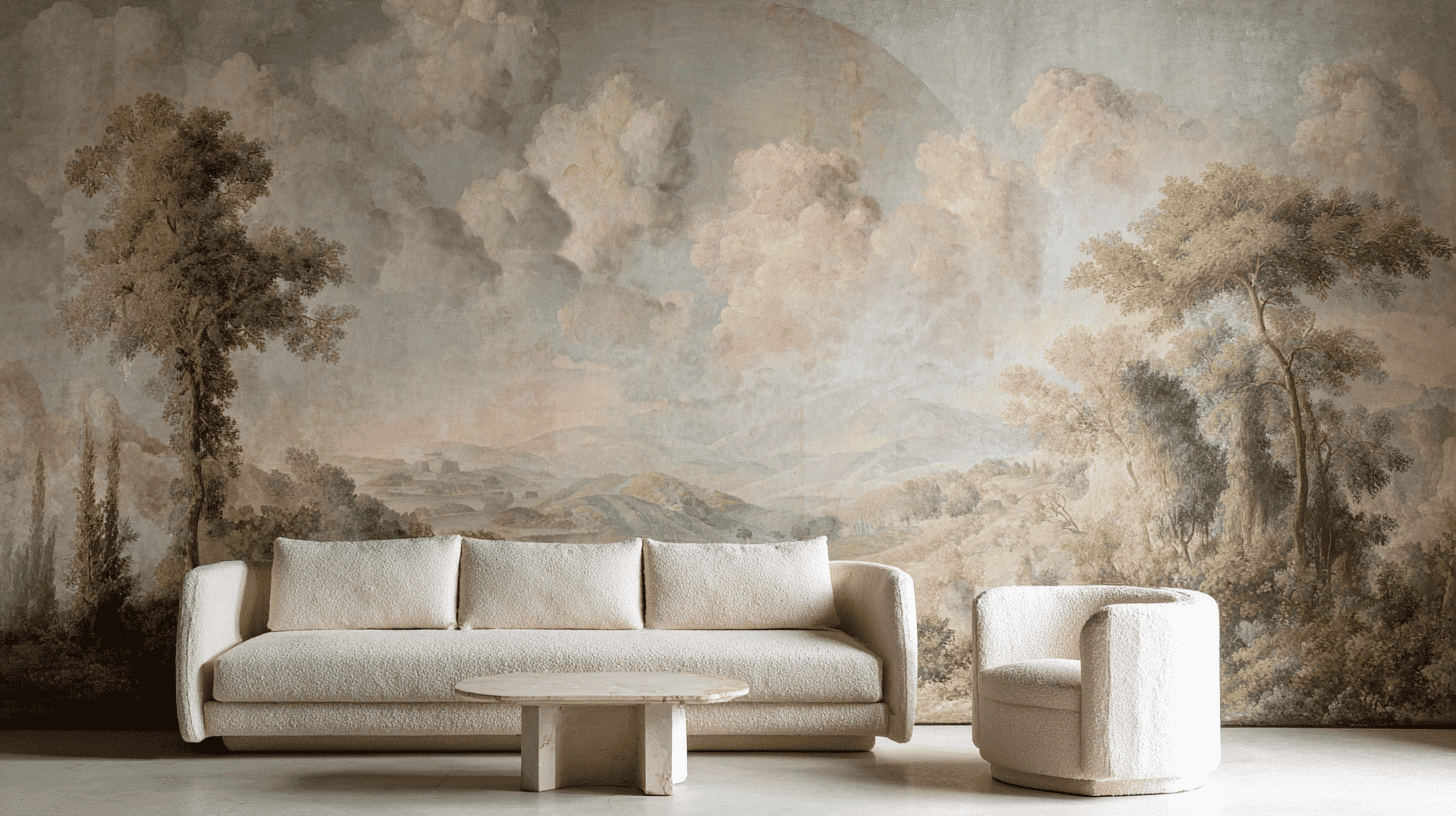
Fresco-painted ceilings depicted mythological or pastoral scenes, turning architecture into art. These imaginative designs brought movement and storytelling to Rococo interiors.
Tips for Use:
- Add fresco-style wallpaper for a contemporary twist on traditional ceilings.
- Highlight a dining or living room with a mural-inspired accent wall.
- Choose soft pastel themes to mimic Rococo color palettes.
Shop Fresco Wall Murals at Etsy
5. Woodcarving
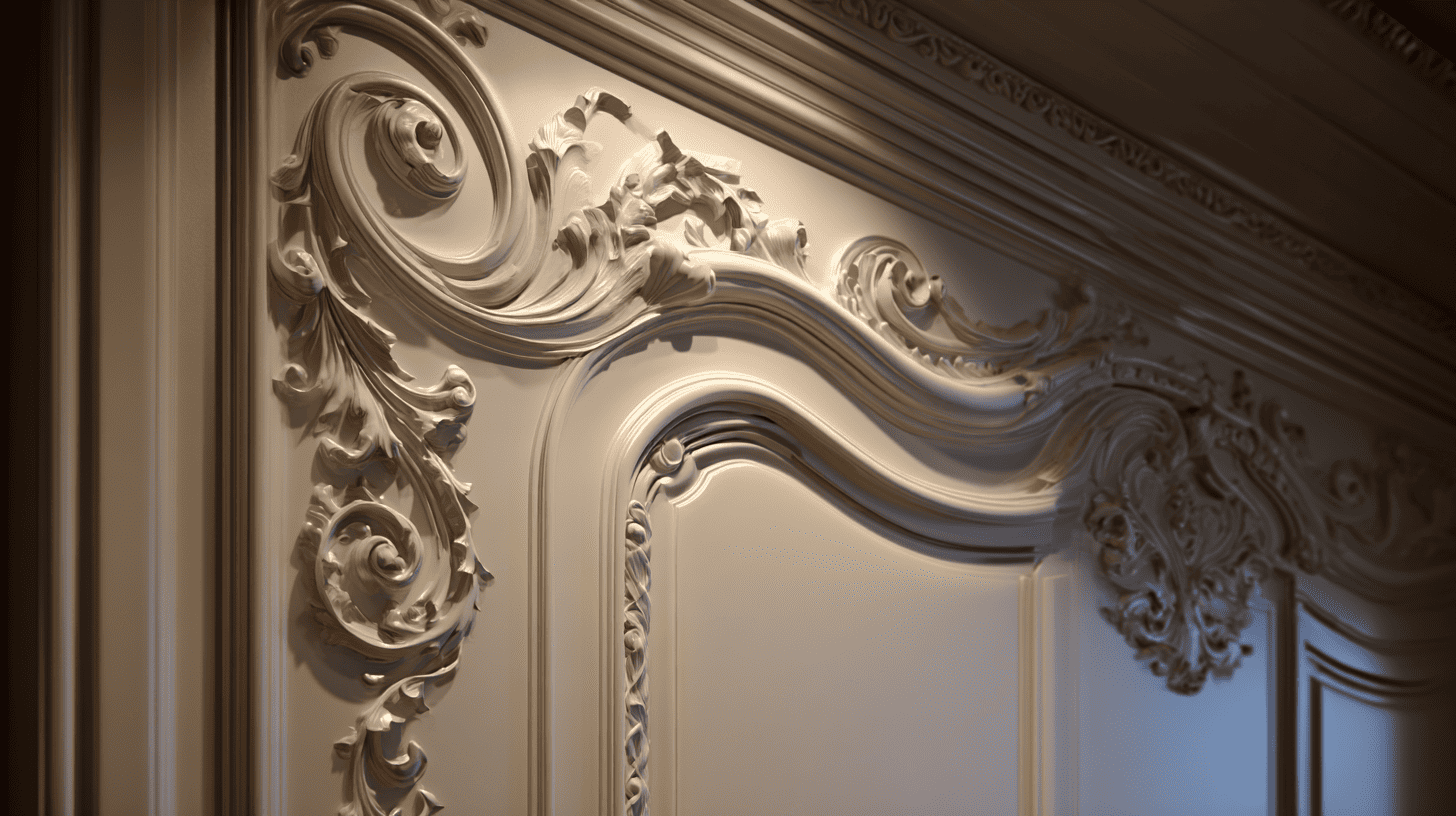
Intricate woodcarving decorated Rococo furniture, wall panels, and staircases. Flowing curves and ornate motifs highlighted craftsmanship while adding richness to everyday interiors.
Tips for Use:
- Incorporate carved wood headboards or sideboards for bedroom classiness.
- Use carved panels as decorative wall art and blend with light upholstery for a softer Rococo balance.
Shop Carved Wood Panels at Wayfair
6. Mirrors and Glass
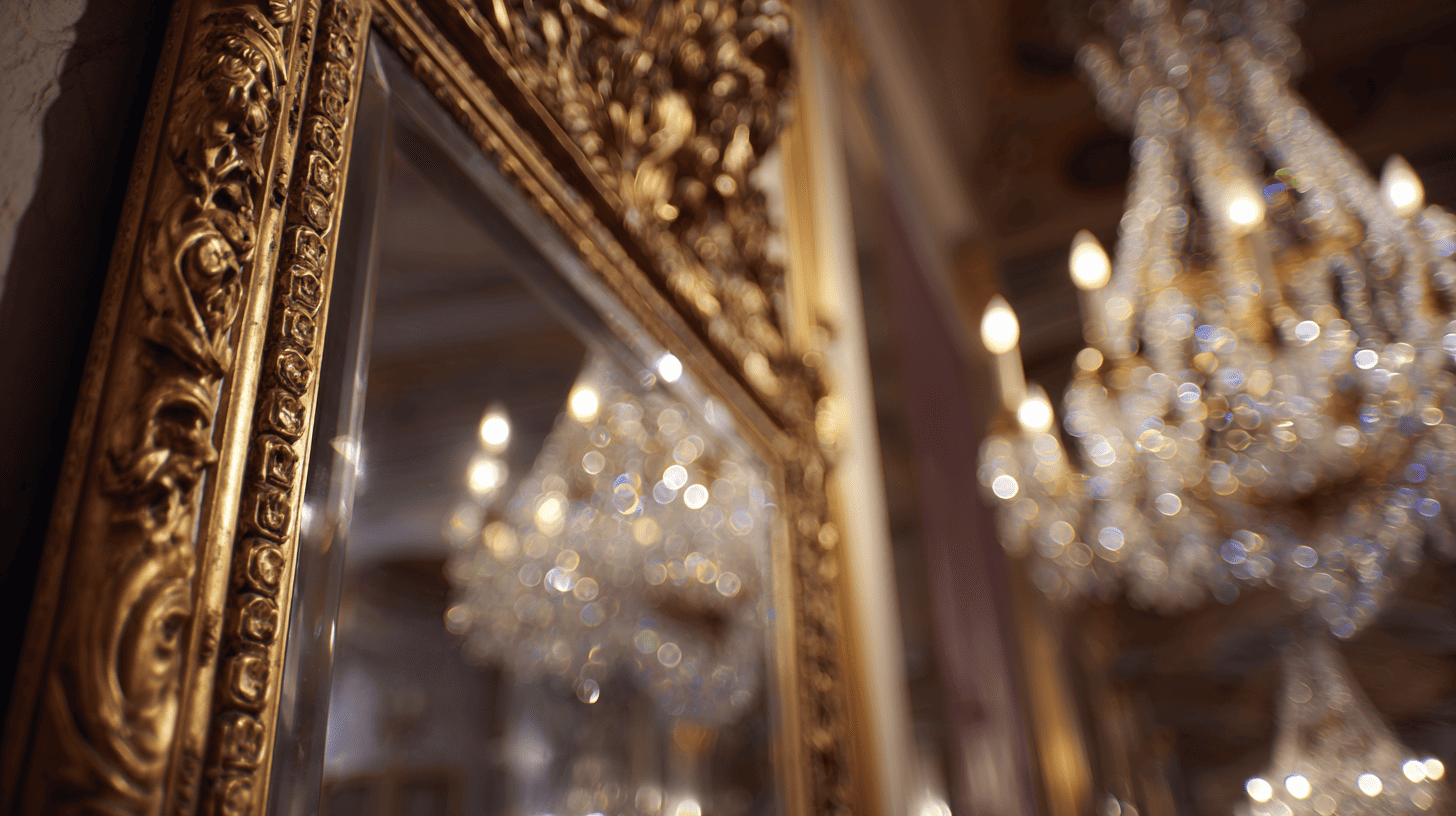
Mirrors and glass expanded interiors by reflecting light and decoration. They were essential for creating Rococo’s luminous, airy, and dazzling atmosphere.
Tips for Use:
- Place large mirrors opposite windows to maximize light.
- Use ornate mirrored furniture to add depth and sparkle.
- Group smaller gilded mirrors for a gallery wall effect.
Shop Ornate Wall Mirrors at Wayfair
Why Did Rococo Architecture Only Last 50 Years?
This architecture ruled from 1720 to 1770, but why did it end so quickly? The style became too much for people to handle.
All that gold and fancy decoration started to feel excessive, and the French Revolution changed what people wanted.
Regular folks were angry that rich people spent fortunes on these buildings while they struggled. By 1770, thinkers and artists were calling for simpler, cleaner designs instead of all those swirls and shells.
The fancy palaces suddenly looked silly and wasteful to everyone.
Even though Rococo only lasted 50 years, we still visit these spectacular buildings today because they show us how people once lived like kings.
Famous Examples
Rococo architecture flourished across Europe, leaving behind remarkable landmarks that embody the style’s lightness, grace, and ornate decorative artistry.
1. Palace of Versailles, France
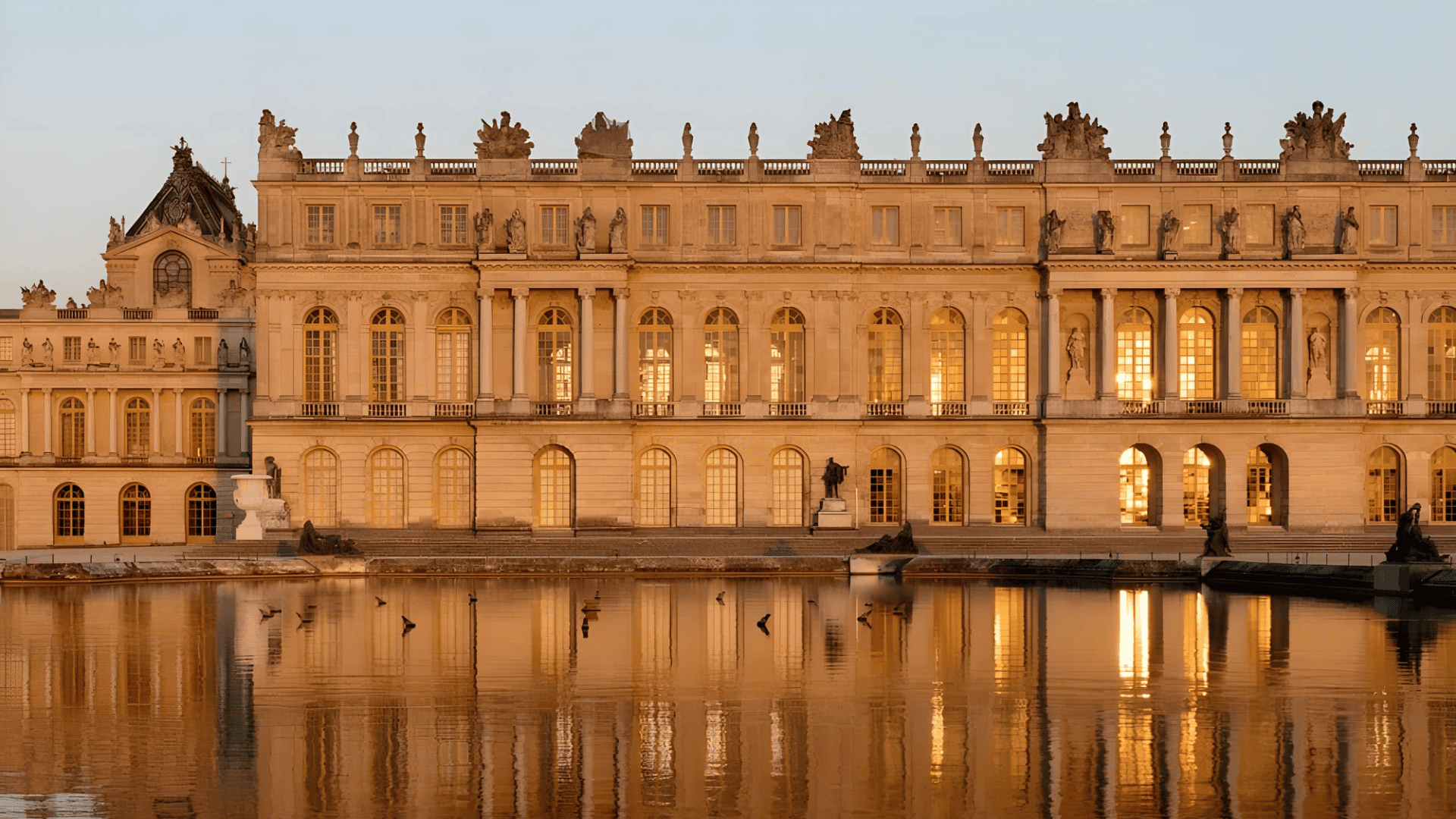
Though primarily Baroque, the Palace of Versailles includes Rococo interiors in its later additions.
Private chambers showcase graceful ornamentation, pastel hues, and gilded details, revealing the transition toward Rococo refinement in royal residences.
2. Sanssouci Palace, Potsdam, Germany
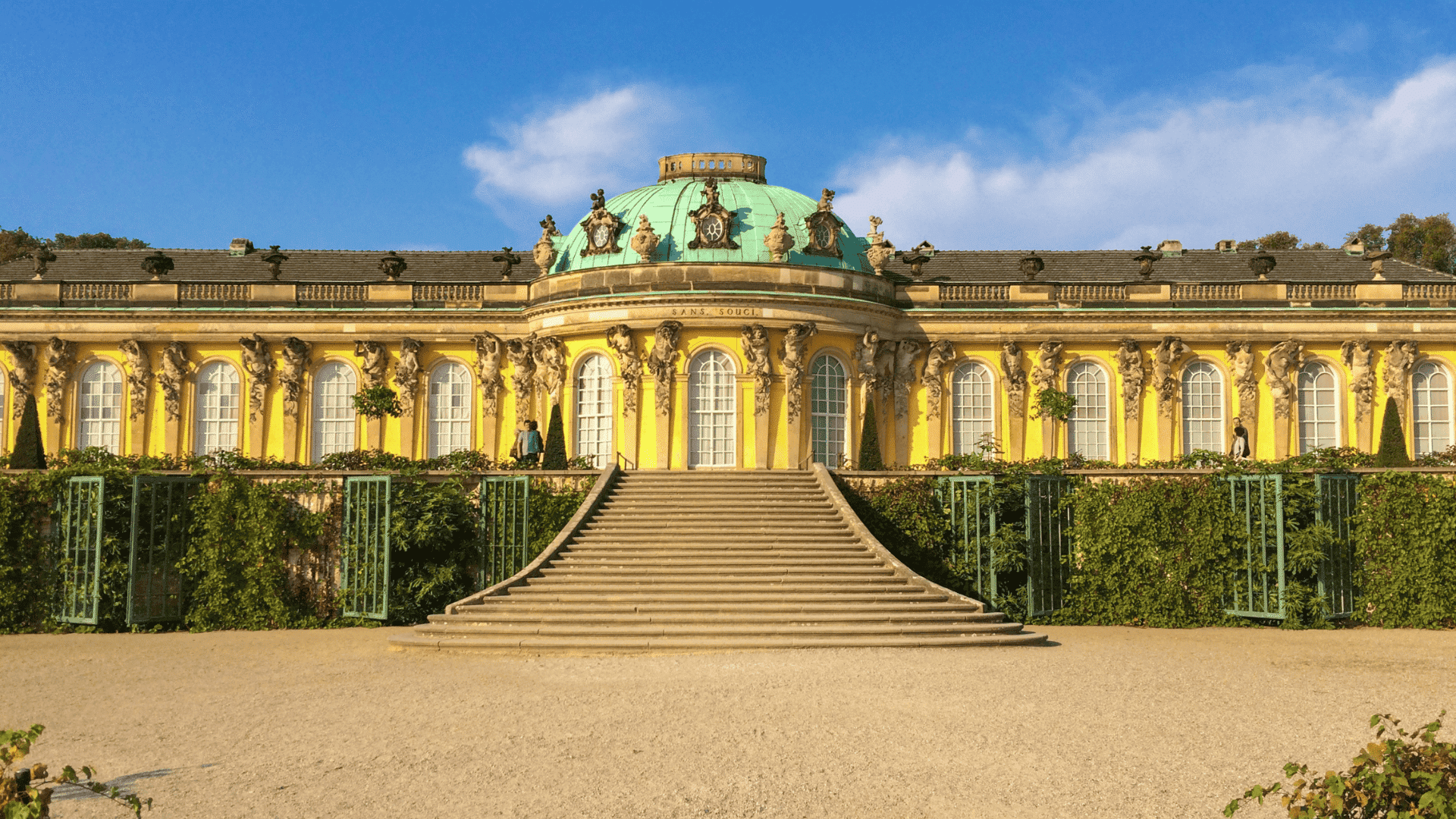
Sanssouci Palace, built for Frederick the Great, epitomizes Rococo classiness.
Its playful decorative interiors, flowing gardens, and refined architecture highlight the movement’s emphasis on intimacy, leisure, and artistic lightness, contrasting the grandeur of Baroque styles.
3. Catherine Palace, St. Petersburg, Russia
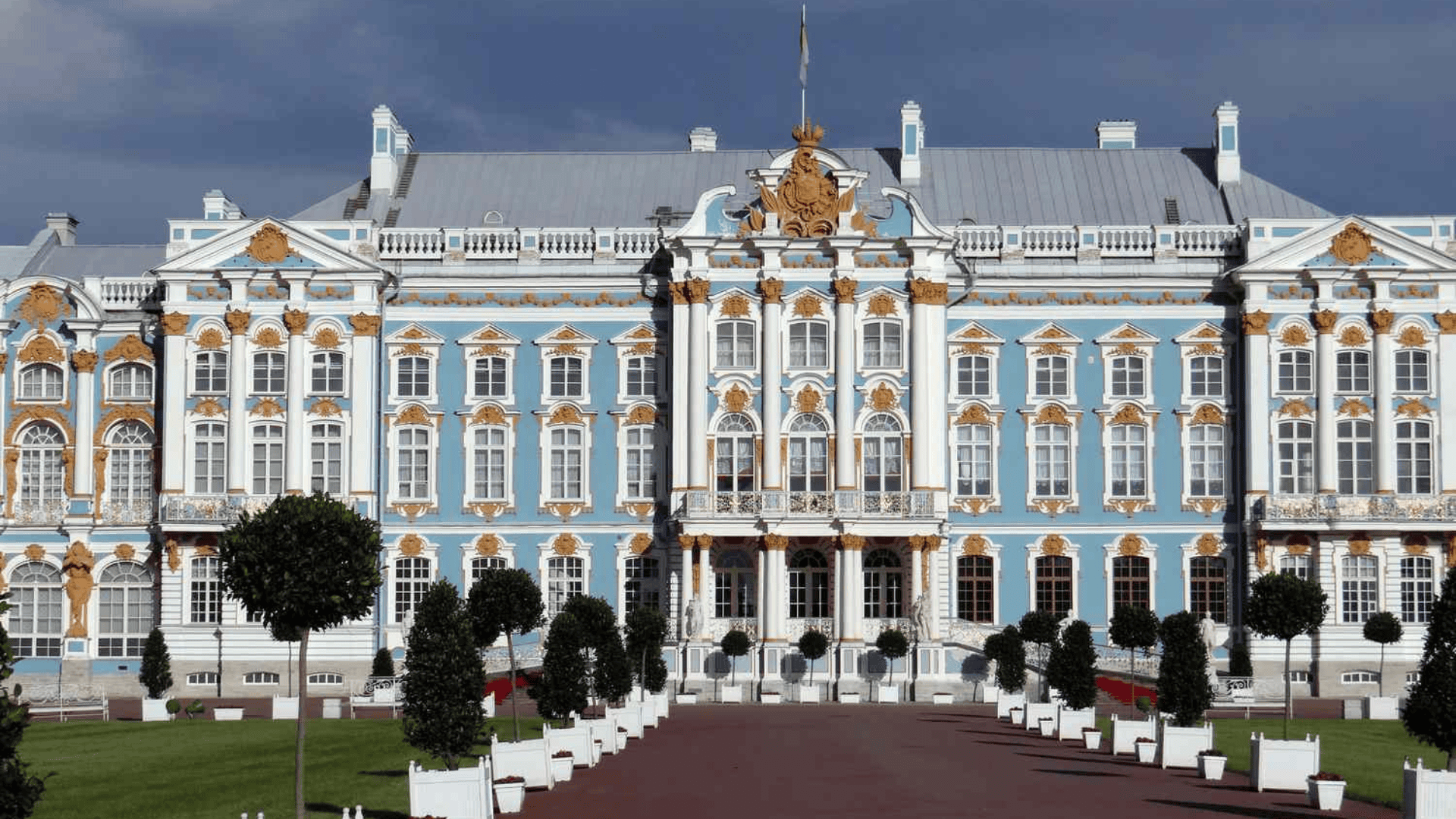
The Catherine Palace dazzles with Rococo interiors, most famously the Amber Room.
Elaborate gilding, mirrors, and decorative details showcase Rococo’s grandeur, blending grace with opulence to create one of Europe’s most celebrated architectural treasures.
4. Würzburg Residence, Germany
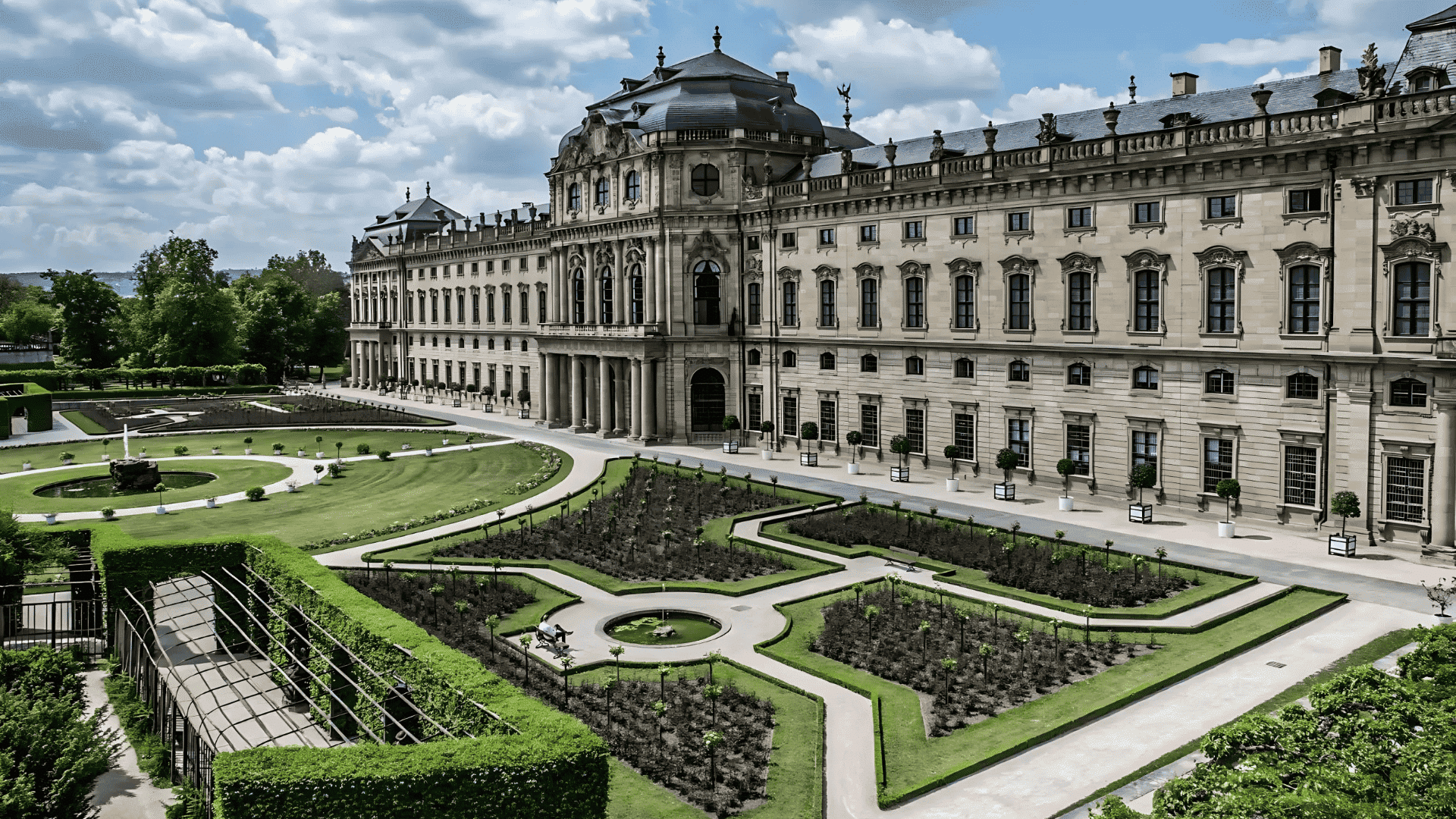
The Würzburg Residence features a sweeping staircase and frescoed ceilings, regarded as masterpieces of Rococo artistry.
Its integration of architecture, sculpture, and painting captures the immersive and decorative spirit of the Rococo movement.
5. Queluz Palace, Portugal
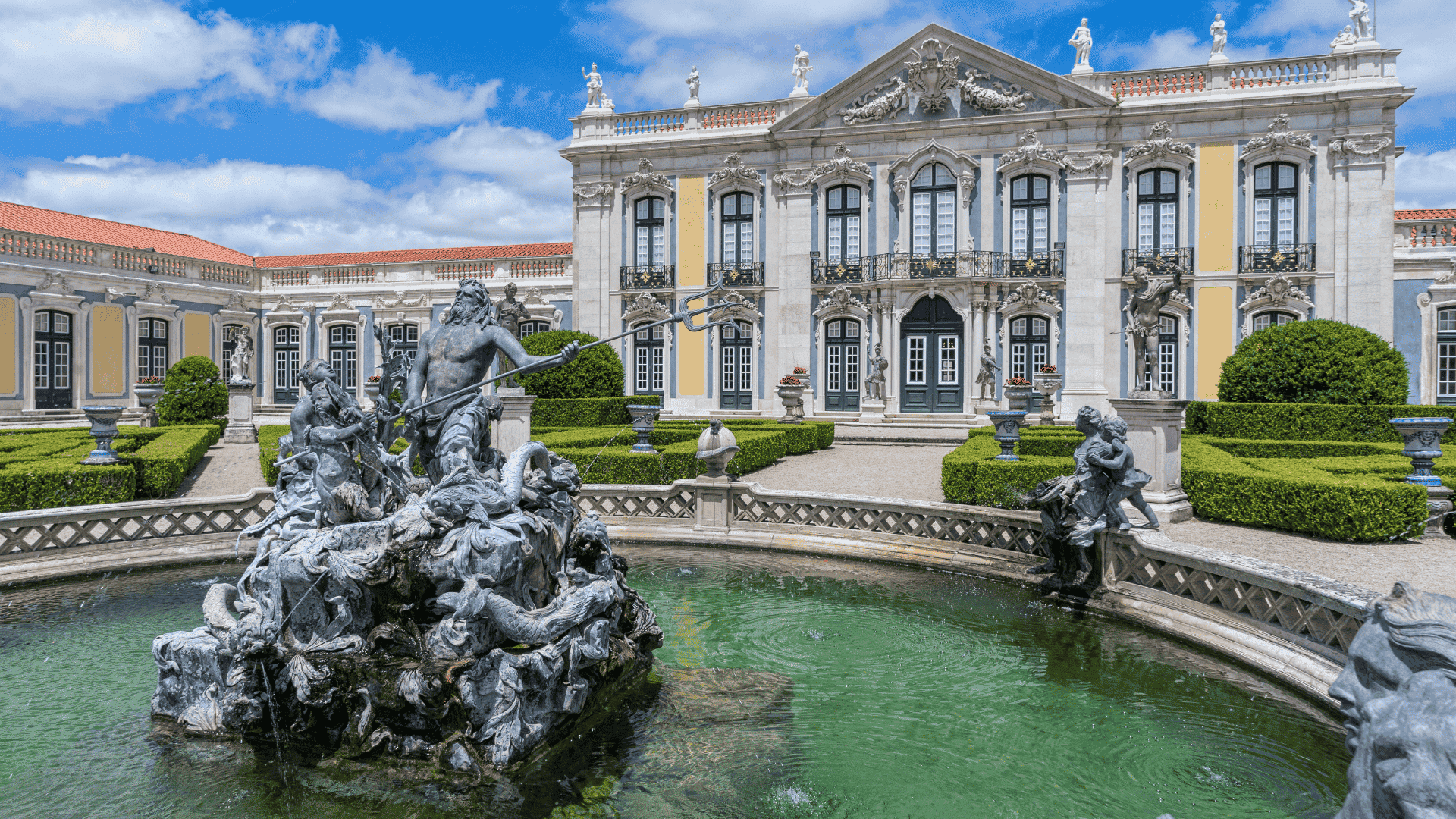
The Queluz Palace blends Rococo refinement with Portuguese tradition.
Its decorative interiors, lavish gardens, and ornate detailing highlight the international appeal of Rococo, creating a residence admired for both artistry and cultural heritage.
6. Amalienburg Pavilion, Munich, Germany
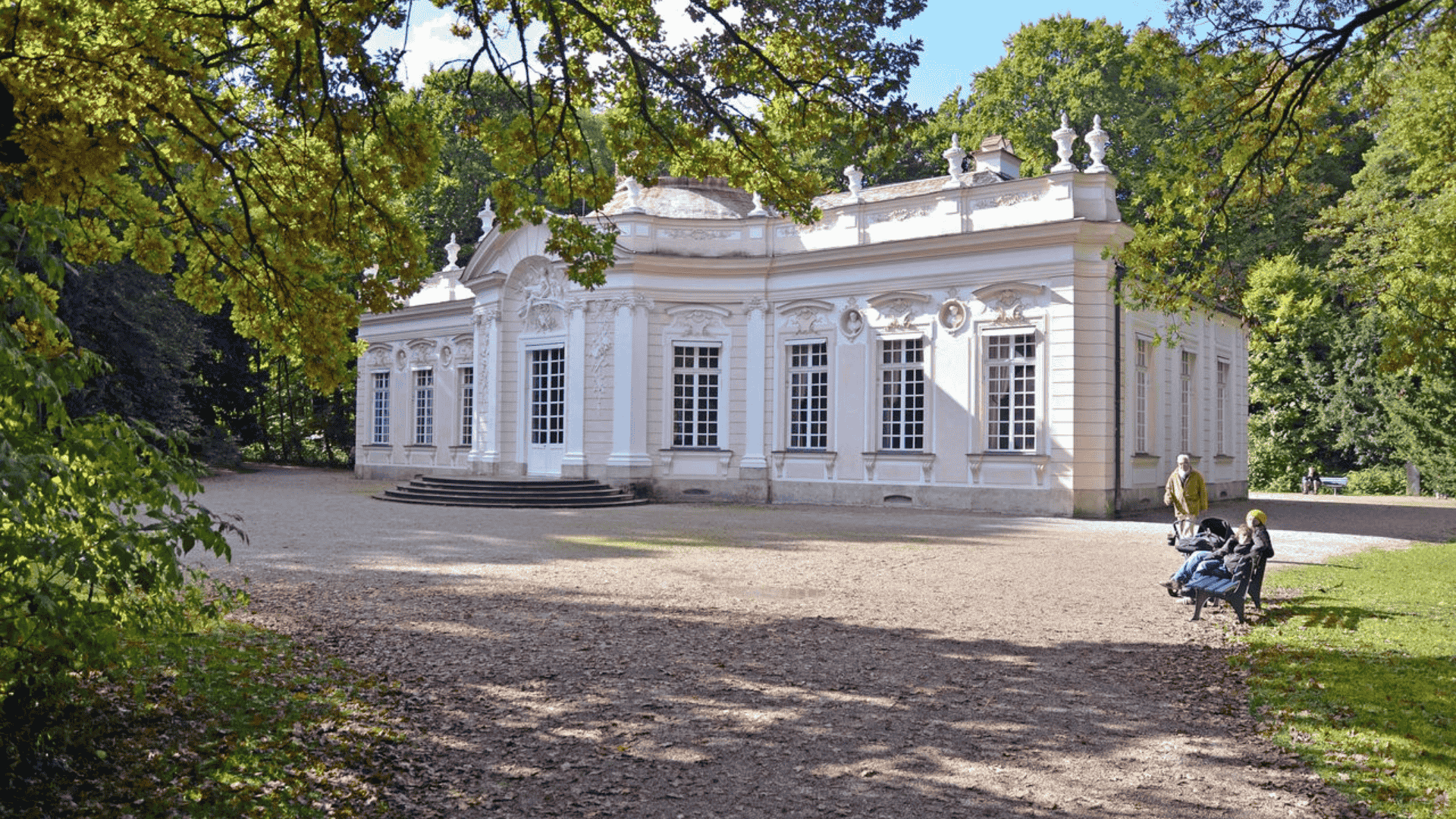
The Amalienburg Pavilion in Nymphenburg Park is a jewel of Rococo design.
Its mirrored hall, silvered stucco, and ornate detailing showcase the lightness and extravagance that define the Rococo style at its peak.
7. Linderhof Palace, Bavaria, Germany
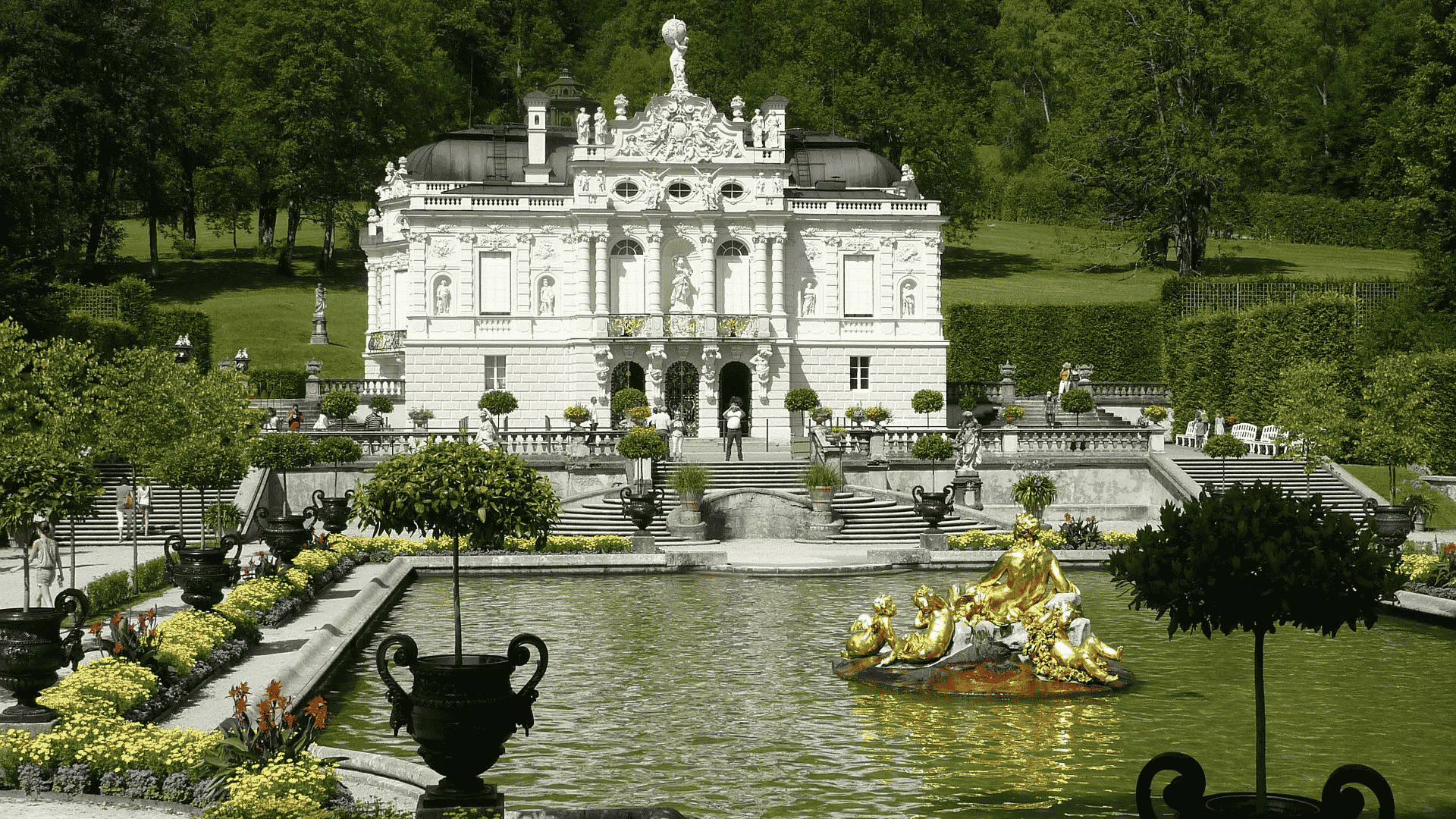
Linderhof Palace, though later in construction, reflects Rococo inspiration with its lavish interiors.
Gilded stucco, mirrored halls, and decorative motifs celebrate Rococo artistry, making it one of King Ludwig II’s most enchanting residences.
Rococo vs Baroque Architecture
Rococo and Baroque are often linked, but while Rococo grew out of Baroque, the two styles express very different moods, purposes, and design philosophies.
| Feature | Baroque Architecture | Rococo Architecture |
|---|---|---|
| Mood | Dramatic, grand, powerful | Playful, intimate |
| Scale | Monumental churches and palaces | Smaller salons, chapels, private homes |
| Color palette | Dark, heavy contrasts (marble, gold) | Light pastels with gilding |
| Symmetry | Balanced, structured | Asymmetrical, flowing designs |
| Purpose | Power, religion, political authority | Leisure, refinement, social gatherings |
This comparison illustrates how Rococo architecture shifted from dramatic grandeur to graceful dignity, reflecting broader cultural changes in 18th-century Europe.
How to Spot Rococo Architecture?
This architecture is instantly recognizable by its playful grace and ornate detailing. Unlike the grandeur of Baroque, Rococo focuses on intimacy, lightness, and refined artistry.
Here are the main features to look for when identifying this style:
- Ornate decoration: Every surface, from ceilings to furniture, is richly embellished with gilded stucco, plasterwork, and intricate carvings.
- Curved, asymmetrical forms: Flowing lines and scroll-like motifs replace the rigid balance of earlier styles.
- Pastel color palettes: Soft shades of cream, pink, blue, and green paired with shimmering gold accents.
- Natural motifs: Shells, vines, flowers, and leaves dominate, symbolizing nature’s grace and beauty.
- Mirrors and light: Large mirrors and reflective surfaces expand interiors, creating airy, dazzling spaces.
- Ceiling frescoes: Playful mythological or pastoral scenes painted above to add drama and artistry.
Conclusion
Rococo architecture is more than just decoration; it shows the classiness and artistry of 18th-century Europe.
Starting in France, Rococo spread its light colors, gentle curves, and detailed designs around the world. This style changed how people saw buildings inside and out.
When you visit a Rococo palace or chapel, you find not only beauty but stories carved in every detail. These places feel warm and playful, showing how architecture can bring joy and closeness.
Even today, Rococo’s art and design inspire people with their fun, fancy style and rich history.

